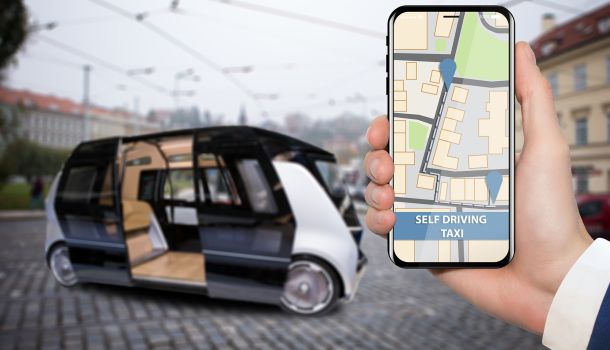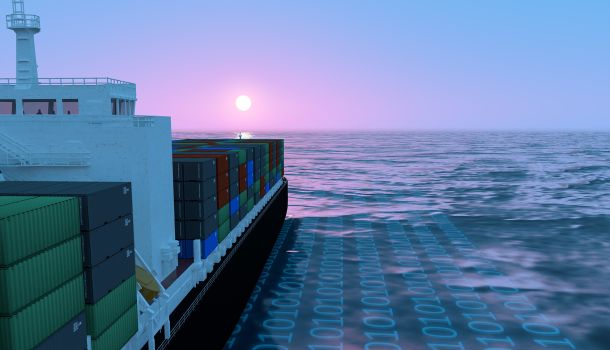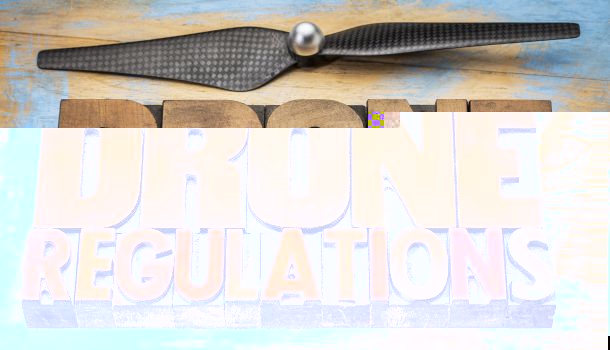Member Article
Unmanned Marine Systems
Author - Daniel Hook
Introduction
Working at sea can be tough. Many of us will have had the opportunity to experience the cold, the wet, the heat, the constant motions, the cramped spaces and the isolation from home life. On top of this are the dangers presented by heavy equipment, powerful machinery and the ever present risk of being knocked overboard or falling. All of this gets worse as we become tired after days, weeks or months of exposure.
Design improvements
Significant improvements have been made over the years. Designs have become inherently safer, training has developed, and risk analysis and project planning have removed some of the dangers at source. Giant Leaps In the 21st Century we now have the technology and understanding to make one of the largest ever steps forward in the maritime industry. That is the move to unmanned operations at sea where we can significantly cut the number of people exposed directly to dangers and place them in safe remote operations centres. This will come with added advantages in operational efficiency, management, shift working and persistent accuracy that unmanned systems offer. On top of this, the design freedom of reduced manning requirements will allow for smaller or more space efficient vessels, reducing fuel consumption and build costs. In many roles it is now feasible, today, for the vessel to be completely unmanned, with nobody on board or at risk, and a remote operations centre running the vessel. Indeed there are some roles where this is unlikely to ever be the case and people will remain at the very centre of operations offshore. This suggests there is also a ‘middle ground’ where some roles are completed remotely and the crew count onboard is reduced, along with the risk exposure.
Who Does What
The discussion topic of which role belongs in which category will always be a contentious one, especially with the added complexity of location, environment, regulation and operational details. A list of examples of which L3 ASV has some experience or evidence for classifying is provided on the next page for discussion. A general observation from L3 ASV is that the left-hand column (feasible today) is growing fast and the right-hand column is shrinking as people open their minds to the potential offered by remote machinery, robotics and autonomy. Whole System Safety Engineering To ensure that the roles that are feasible today, and the lean manning opportunities are maximised, it is important that whole system safety engineering is rigorously applied. The latest in sensor processing, system monitoring, data analytics and digital world model development will need to be exploited.
L3 ASV Global has been working with BMT on a wide range of exploratory projects to see how we can combine our expertise in these areas to produce a world class capability in this rapidly developing market. As well as business development opportunities these projects also include some InnovateUK partially funded R&D work;
The Synthetic Imagery training for Machine Vision in Extreme Environments (SIMVEE) project:
- will build upon L3 ASV’s existing, COLREG cognisant, autonomous collision avoidance and path planning capability in its ASView® system.
- The project will use BMT’s REMBRANDT simulator to train and validate L3 ASV’s vision algorithms to detect and classify objects at sea.
The Shared Waterspace Autonomous Navigation by Satellite (SWANS) project will, for the first time, enable beyond line of sight, over the horizon, autonomous behaviour by unmanned surface vessels in areas of congested maritime traffic. The project team will focus on four main objectives including: exploiting satellite sensing technology and enabling the delivery of a higher fidelity world model for vessel
News and Events
Get Involved
Join the Drone Delivery Group today and put your weight behind the drone industry's voice...it's free forever.








